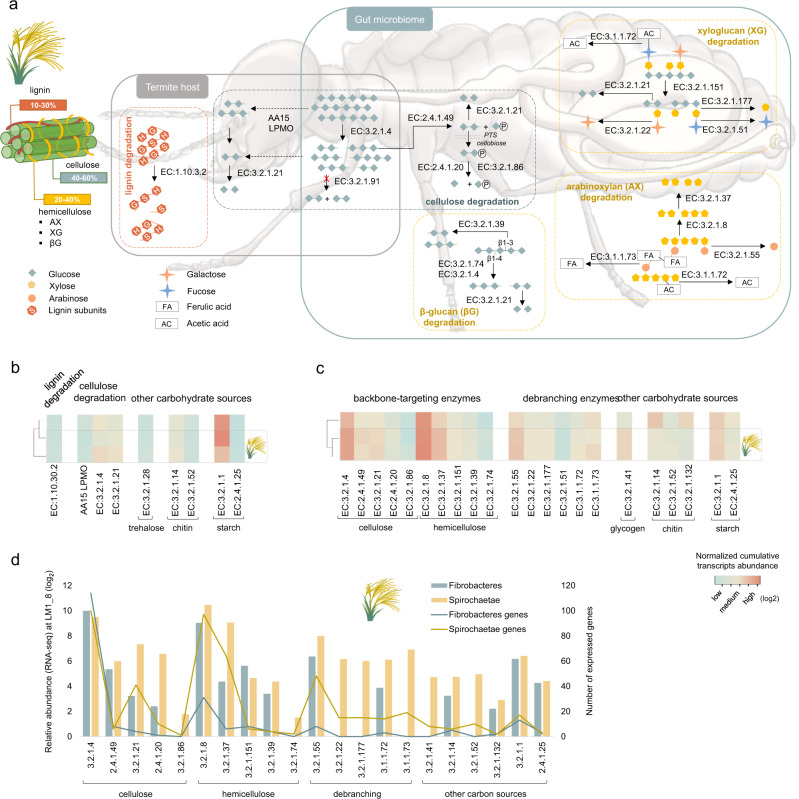Fig. 4. Characterisation of the termite gut lignocellulose degradation strategies.
a Simplified overview of enzymatic pathways involved in the degradation of main components of the Miscanthus biomass, based on enzymes (gene transcripts assigned an EC number) revealed in our study. Dashed lines indicate hypothetical pathways. Lignin subunits correspond to: p-hydroxyphenyl (H), guaiacyl (G), and syringyl (S). CAZymes gene expression profiles (de novo MT) at the different stages of the Miscanthus feeding experiment analysed for the termite gut epithelium (b) and the termite gut microbiome (c). Gene expression analyses were done separately for the termite gut epithelium and the gut microbiome; therefore, data on sub-figures b and c should only be compared within a single sub-figure. d Relative CAZymes gene transcripts abundance (RNA-seq) and gene numbers assigned to different enzymatic categories and analysed separately for Fibrobacteres and Spirochaetae for LM1_8 sample.

